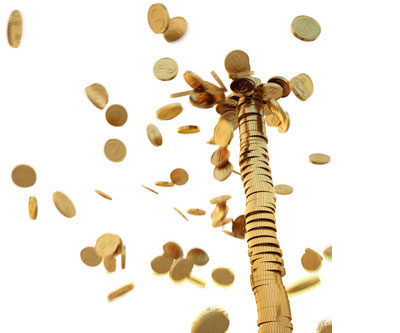Gold Futures $ 2993.2 / ozt -0.14%
Micro Gold Futures $ 3017.3 / ozt -0.32%
Silver Futures $ 29.71 / ozt -1.26%
Micro Silver Futures $ 29.76 / ozt -1.06%
Platinum $ 912.6 / ozt -0.20%
Palladium $ 890 / ozt -1.33%
Gold Futures $ 2993.2 / ozt -0.14%
Micro Gold Futures $ 3017.3 / ozt -0.32%
Silver Futures $ 29.71 / ozt -1.26%
Micro Silver Futures $ 29.76 / ozt -1.06%
Platinum $ 912.6 / ozt -0.20%
Palladium $ 890 / ozt -1.33%
Gold Futures $ 2993.2 / ozt -0.14%
Micro Gold Futures $ 3017.3 / ozt -0.32%
Silver Futures $ 29.71 / ozt -1.26%
Micro Silver Futures $ 29.76 / ozt -1.06%
Platinum $ 912.6 / ozt -0.20%
Palladium $ 890 / ozt -1.33%








